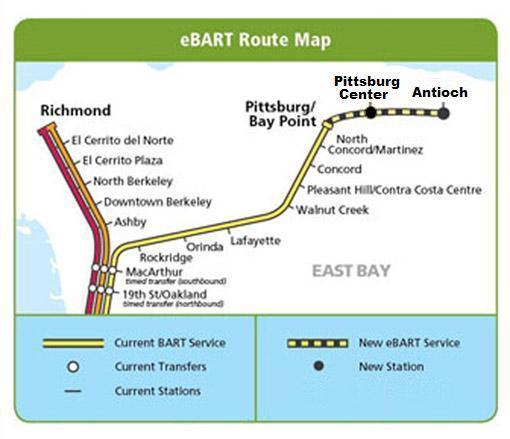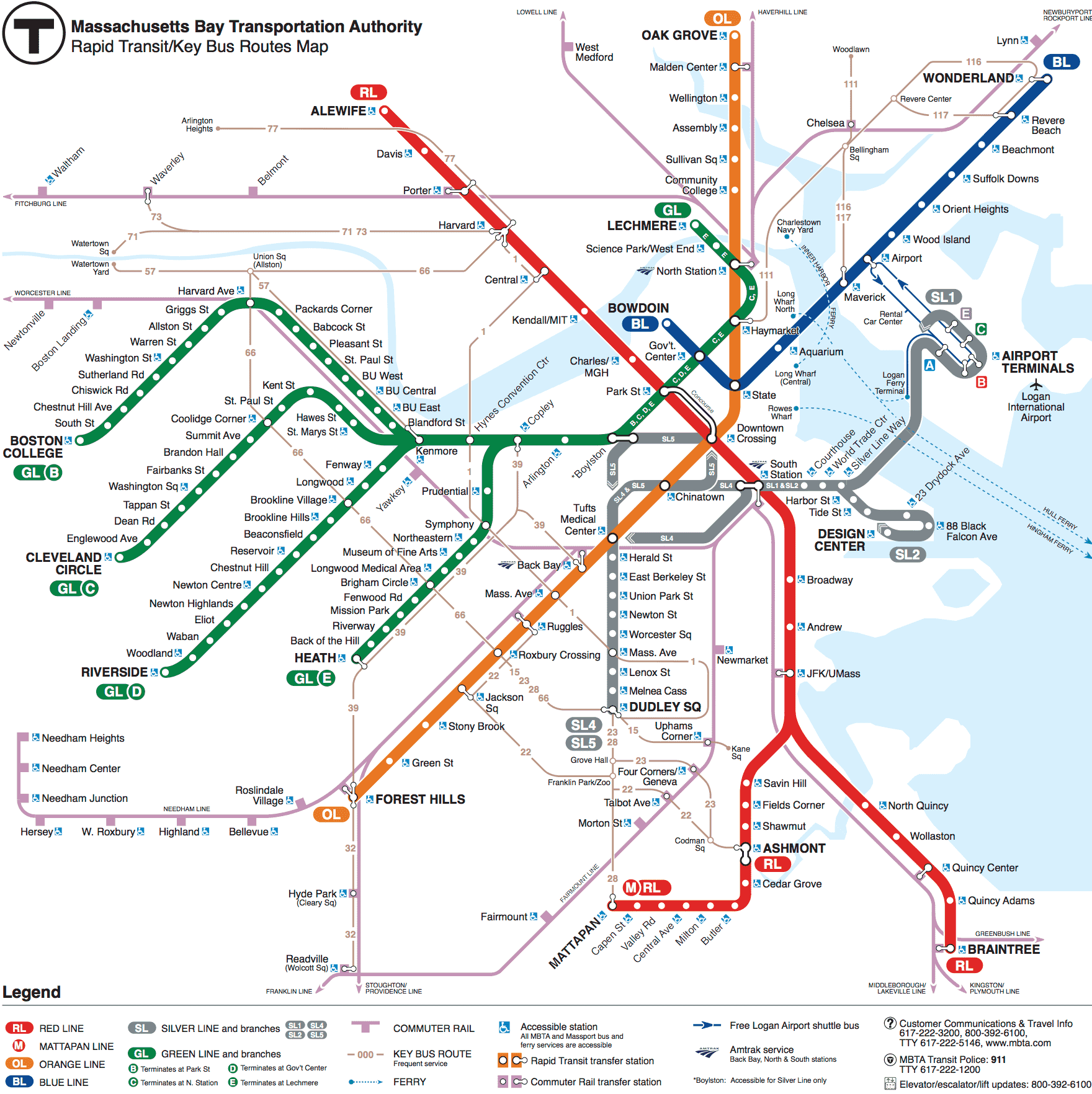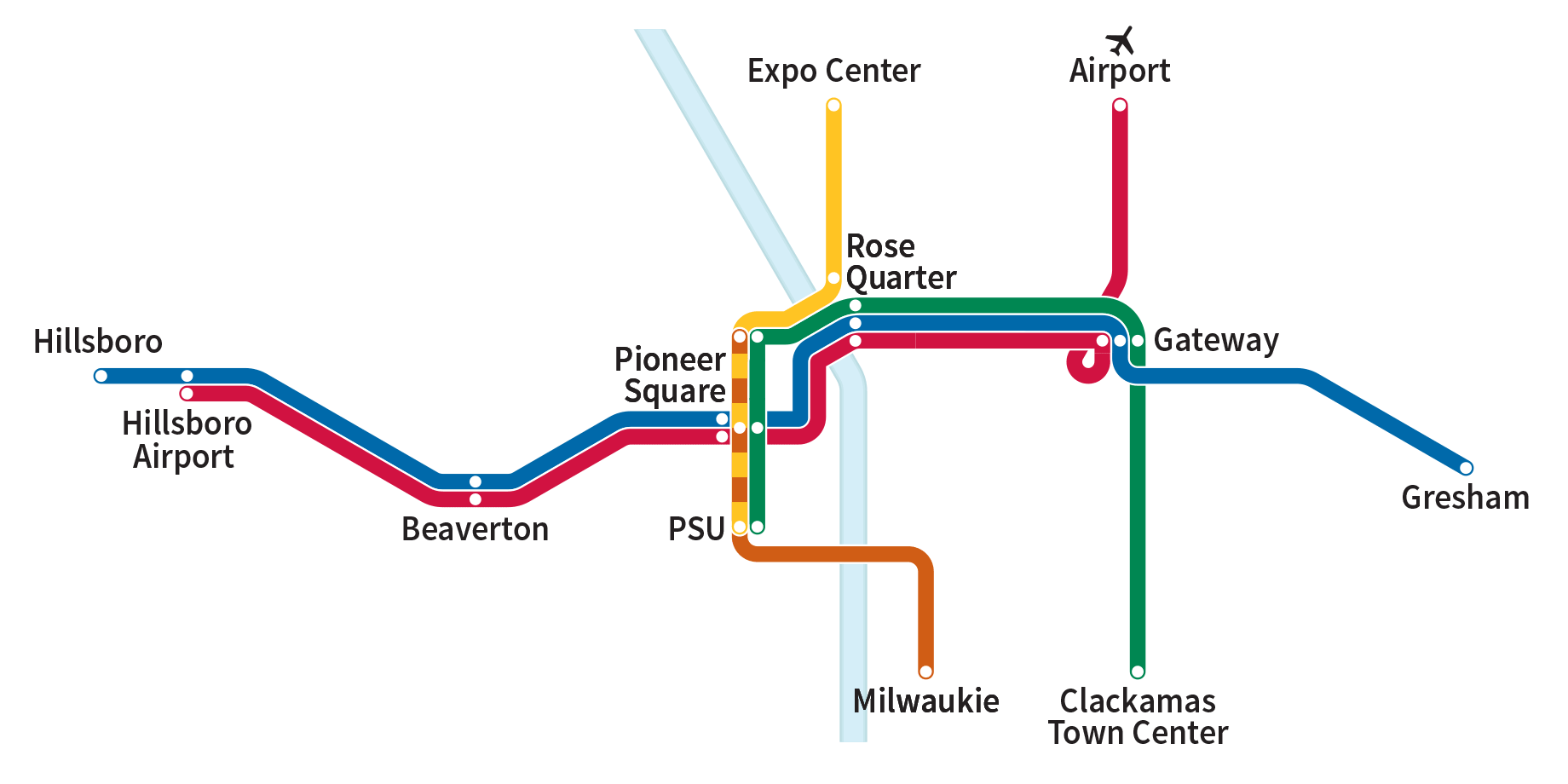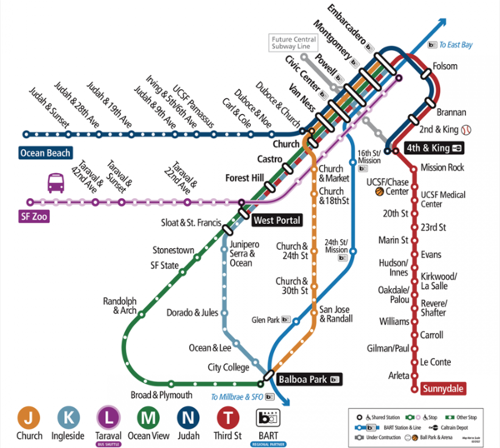BART’s only standard gauge line between Pittsburg and Antioch is set to open sometime in May of this year. Given my long time advocacy (2 decades!) for standard rail over BART this is the only BART extension that I look forward to.

For many decades, there’s been a struggle between expanding BART versus expanding a standard gauge rail line like Caltrain in the Bay Area. BART’s hardware is unique and designed to work as an urban metro system (and also carries a high price tag). Caltrain’s hardware is off-the-shelf and designed for the suburban/regional environment. The expansions in question, whether it is to SFO or San Jose, is largely suburban and regional.
Some think that BART’s wide gauge custom design ought to be the only standard for regional transit in the Bay Area, as envisioned in the 1950s. They’ve been pushing BART around the Bay and BART replacing Caltrain. They think that other rail technologies somehow wouldn’t be capable to do what BART does. They would tell you that if you want trains every 15 minutes all day on the Peninsula, replace Caltrain by extending BART.
On the other hand many regions in the United States and beyond have trains that have different physical characteristics but operated by the same agency and even under the same brand. They often feature integrated fares and coordinated scheduling. In Los Angeles and Boston, lines that have color designations include urban metro lines, light rail lines, and bus routes (with dedicated bus ways). Systems in Seattle, Denver, and Salt Lake City operate the commuter rail and light rail. In case of Denver, the commuter rail and light rail are both electric, operate at high frequency, and share the same regional zone fare structure. So basically the branding of the train doesn’t require that they all have the same physical characteristics. If a Caltrain or a SMART train has BART logos and operate as frequent as BART, then they’re BART.
That’s why I think BART’s standard gauge line is such an important deal. Had BART’s 1950s vision also included a mix of technologies, BART would be running urban metro trains in Downtown SF and commuter/regional rail/ to San Jose and Santa Rosa. But anyhow, we still end up with the same conclusion (SMART is built, Caltrain will be electrified) but it is decades late, not as well integrated as it should’ve been, and bad decisions were made with the recent BART extensions.
BART is indeed taking this standard gauge integration very seriously. So much so that they plan to brand this line as if it is an extension of the main line from SFO.
I don’t like how they handled the eBART xfer at all. pic.twitter.com/jpzmSNUsow
— The Taupe Avenger ? (@TaupeAvenger) March 30, 2018
The map wouldn’t show the transfer, which normally seems natural to include. BART’s response:
You can imagine there was great debate about this. But the goal for a map is simplicity and at the end of the day and perhaps the most important point to understand the discussion is that BART to Antioch (project known as eBART) is being treated as BART.
— Alicia Trost (@AliciaTrost) March 31, 2018

Construction info map shows the line differently.
This line is somewhat unusual because the transfer between the mainline and DMU takes place at a dedicated transfer platform with no outside access. At Pittsburg/Bay Point, passengers to Antioch will have to board a regular BART train that says Antioch and change trains at the transfer platform. Riders from Antioch to Pittsburg/Bay Point and beyond must transfer to a regular BART train at the transfer station. They don’t have the choice of exiting the platform, and walk or take a bus like any other stops.
At times when there’s no DMU connection, the oncoming regular BART train from SFO would not pick up riders to the transfer platform and should say “Pittsburg/Bay Point” rather than Antioch. So the story is that when you board an Antioch train at SFO, you will be able to get to Antioch directly except for having to change trains at the transfer platform. It is also true that not every yellow line train from SFO will connect with the Antioch train. Many of them end at Pleasant Hill during the peak hours.
BART’s thinking is that if the DMU line runs as frequently as the main yellow line and offers timed, cross-platform, barrier-free connection with it, then it is the yellow line. The transfer is not important enough to be noted on the system map.
Will it work? We will have to wait and see how people react and whether the operation will be smooth enough for riders to treat it as a single line.
Imagine if the designation is successful and BART were to implement this concept elsewhere. The red line could go south beyond Millbrae on Caltrain to San Jose. The blue line could go east to Livermore and over the Altamont with no extension of wide gauge tracks. All they have to do is to build, extend, or improve the standard gauge lines and offer seamless connection with the main lines, which is still a challenge but far more affordable than extending wide gauge BART. While some think that standard gauge regional rail shouldn’t exist, but for BART, it is not just they could have the same line thickness as with the rest of the BART lines, but as a line extension without interruption.
Examples of color/route designations

In Boston, the southern portion of the Red line (the left branch) is a surface route using PCC vehicles. It receives the red line designation like the main line (urban metro) further north. The Dudley Square branch of the Silver Line (BRT) is operated as a separate route from the waterfront and airport branches of the Silver Line without sharing any stops or platforms. Probably better off with separating one of the segments as Bronze line for clarity.


In Portland, MAX Yellow and Orange lines operate as a single through route but have separate colors for northern and southern portions. In San Francisco, the K and T lines operate as a single route. The T line was designated to recognize the community the line serves, and to support the eventual reroute onto the Central Subway once the construction of the line completes and K and T lines will be operated as separate routes.